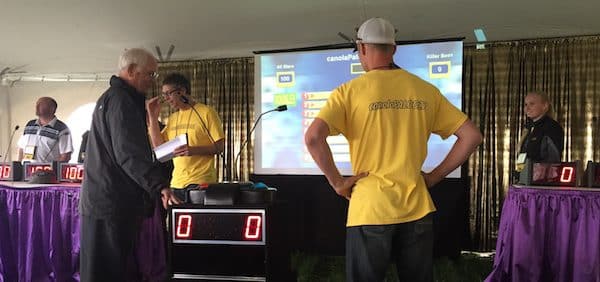Alberta Canola Producers Commission and the Canola Council of Canada hosted canolaPALOOZA at the AAFC Lacombe research centre on June 28. A lot of the agronomy messages were similar to the Portage la Prairie canolaPALOOZA on June 21 (read about those messages here) but the Alberta event had a few extras worth mentioning:
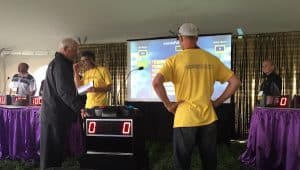
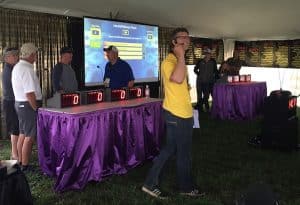
canolaPALOOZA Family Feud. The survey-based game show was all about canola. We played six games. In one, Keith Downey and Phil Thomas led a team of “All Stars” against the CCC summer students Brenna Schilds, Brooke Moon and Brent Wiebe. The All Stars had the top score for the day, but our summer students were good sports.
Plant counts. With its rich soil, Lacombe can be a forgiving place when it comes to canola agronomy. But as the fertilizer plots showed, stands thinned by high rates of seed-placed fertilizer looked similar to check plots — even though plant counts were strikingly different. A field with 50% seed survival can yield the same as a field with 80% seed survival, as long as plant populations reach the required minimum, but the one with higher survival rates makes better use of the seed investment. What is your seed survival rate? Could seed-placed fertilizer be one reason for lower than expected survival?
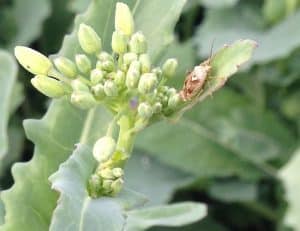
Lygus bugs were present at the canolaPALOOZA site, but given that most plants were at the bud stages, lygus were doing them very little harm. Lygus rarely cause economic damage to canola at the bud stage. Wait until the pod stage. Threshold numbers at pod stages are more likely to warrant an insecticide application.
Overhead view. While close scouting throughout a field is recommended, an aerial view from an airplane or drone can provide a useful perspective. Thinned areas become more obvious, as do patterns from sprayer or seeding mistakes.
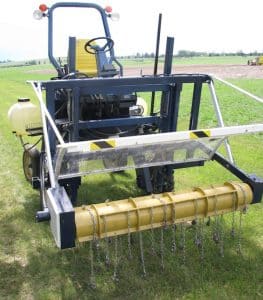
Hail of a good demo. Studying hail damage is difficult because researchers can’t plan for hail. But Alberta Innovates demonstrated its golf-ball-on-a-chain flail that can simulate hail damage to study crop recovery. In time, it can help answer the question, “Does it pay to use a rescue treatment after hail?” Here is our current thinking on that question. See a video from Twitter coverage of canolaPALOOZA.
Organized effort. The coming together of the entire crew, including CCC and ACPC staff, AAFC’s technicians and the instructors and sponsors was impressive, says co-organizer Dan Orchard, adding, “Everyone was in sync and didn’t seem to miss a beat — like old pros.”
‘Palooza in Manitoba last week was also the result of a partnership among the provincial canola organization MCGA as well as CCC and AAFC. Alberta took it another step further, having other commodity commissions involved.
For more on canolaPALOOZA, go to Twitter.com and search for the hashtag #canolapalooza16.
